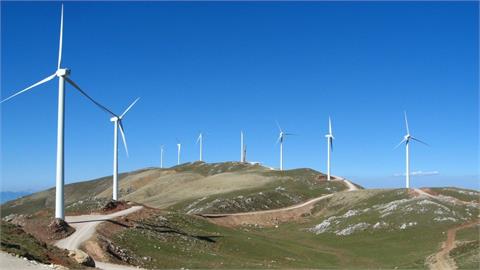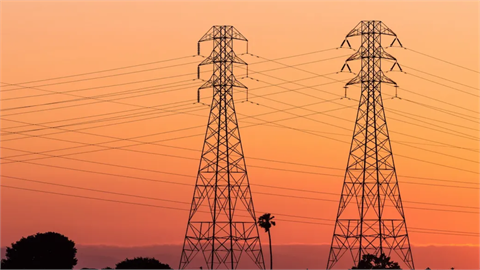On September 30, the Academy of Athens organized a one-day seminar on “Energy Production, Transmission and Storage in Greece: Electricity – Natural Gas – Hydrogen”. IENE’s Chairman and Executive Director, Mr. Costis Stambolis, was among the invited speakers of the seminar, delivering a paper on “Technologies and Prospects of Energy Storage Facilitating Penetration of RES in the Power Grid with Special Reference to the Islands of Crete and Kastellorizo”
This one-day seminar by the Academy of Athens aimed at providing a strategic viewpoint on the entire chain of production, transmission, distribution and storage of energy in Greece and the EU.
Special attention was given to the role of natural gas and the prospects for further exploration and production throughout Greece, vis-à-vis its total abolition by 2050 according to the current EU policy.
The program of the one-day Seminar evolved around three major areas:
• Energy Transmission Networks,
• Energy Distribution Infrastructures,
• Energy Storage.
In his introduction, the Chairman of IENE stressed, among others, that storage projects are expected to enhance the increasing penetration of RES in the electricity mix of Greece and other countries in the region and therefore help to reduce the country's energy dependence on imported fossil fuels, as well as to strengthening power adequacy and energy competitiveness. Despite their comparatively small installed capacity today, the prospects for increasing the penetration of electrical energy storage technologies, particularly in batteries, are excellent, due to the progress of technology and the leap in cost reduction.
Mr. Stambolis also underlined that, as the installed capacity of RES increases, a lot more energy storage will be required (both from pumped storage and batteries) to cover gaps in RES production so as to normalize the operation of the electrical system. In the case of Greece, he estimated that the energy storage power capacity requirements by 2030 are in the region of 5.2-8.3 GW.
He added that, as electrical interconnections develop in the mainland grid, but also in the islands, it is estimated that as the penetration of RES will increase so will the energy storage needs. He also mentioned the ongoing interconnection projects, such as in the Cyclades, the NE Aegean and the Dodecanese, as well as the interconnection of the mainland with Crete, the most important project of its kind in the country. However, Mr. Stambolis emphasized that despite the extensive electrical interconnection program on the islands, for many years to come some 40 small islands will remain unconnected. These are suitable for the installation of stand-alone fully integrated clean electricity systems through the use of batteries and RES, capable of ensuring 95% energy autonomy.
Furthermore, IENE’s Chairman presented the results of recent studies carried out by the Institute regarding Crete and Kastellorizo. The first, “Energy Transition of the Island of Kastellorizo”, describes the autonomous RES/energy storage system proposed by IENE for one of the smallest Greek islands, which, however, is strategically located in the Dodecanese, thus making its energy autonomy of crucial importance. The latter, entitled “Feasibility Study of Energy Storage Systems’ Integration in Crete”, which was undertaken on behalf of Greece’s IPTO, aims to assess the economic and environmental benefits from the introduction of energy storage systems on Greece’s biggest island.
In conclusion, the Chairman of IENE underlined, that the ambitious goals of penetration of RES in the electricity sector with very low production costs cannot be achieved without large storage capacity, which will accelerate the energy transition. However, as he pointed out, large investments are required, for which timely reforms and a flexible institutional framework for the market are needed, with priority support provided to applications that are considered to be the most efficient.
Read here the presentation of IENE's Chairman at the one-day seminar of the Academy of Athens on “Energy Production, Transmission and Storage in Greece: Electricity – Natural Gas – Hydrogen”




